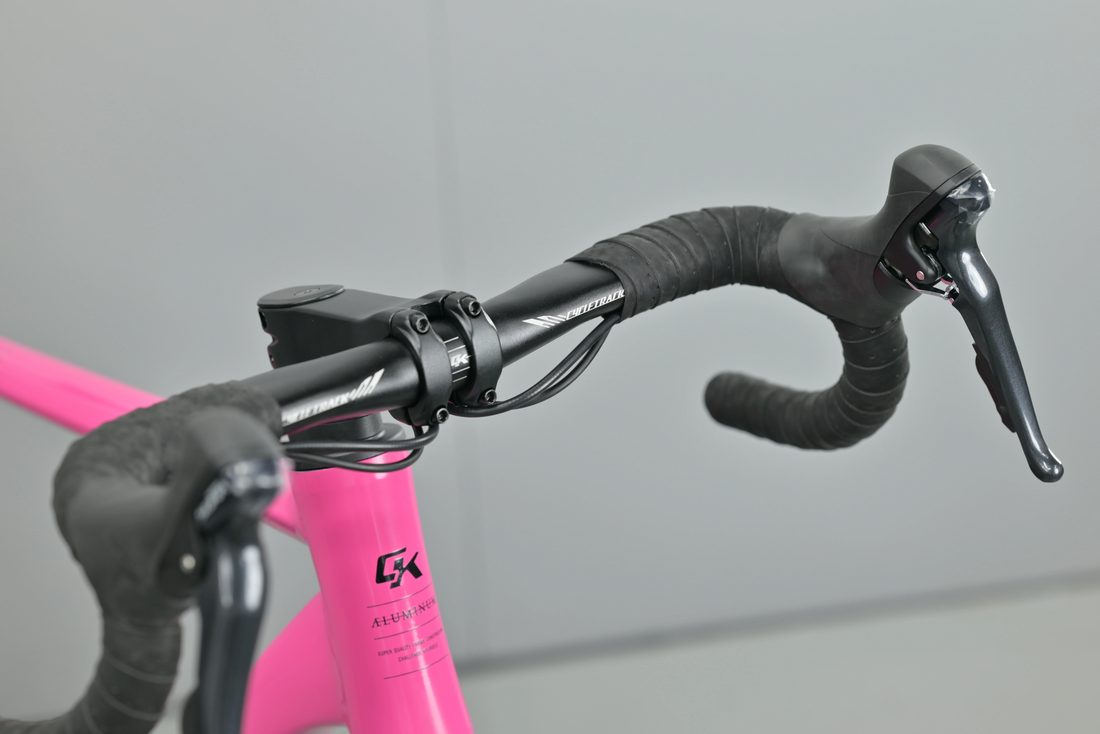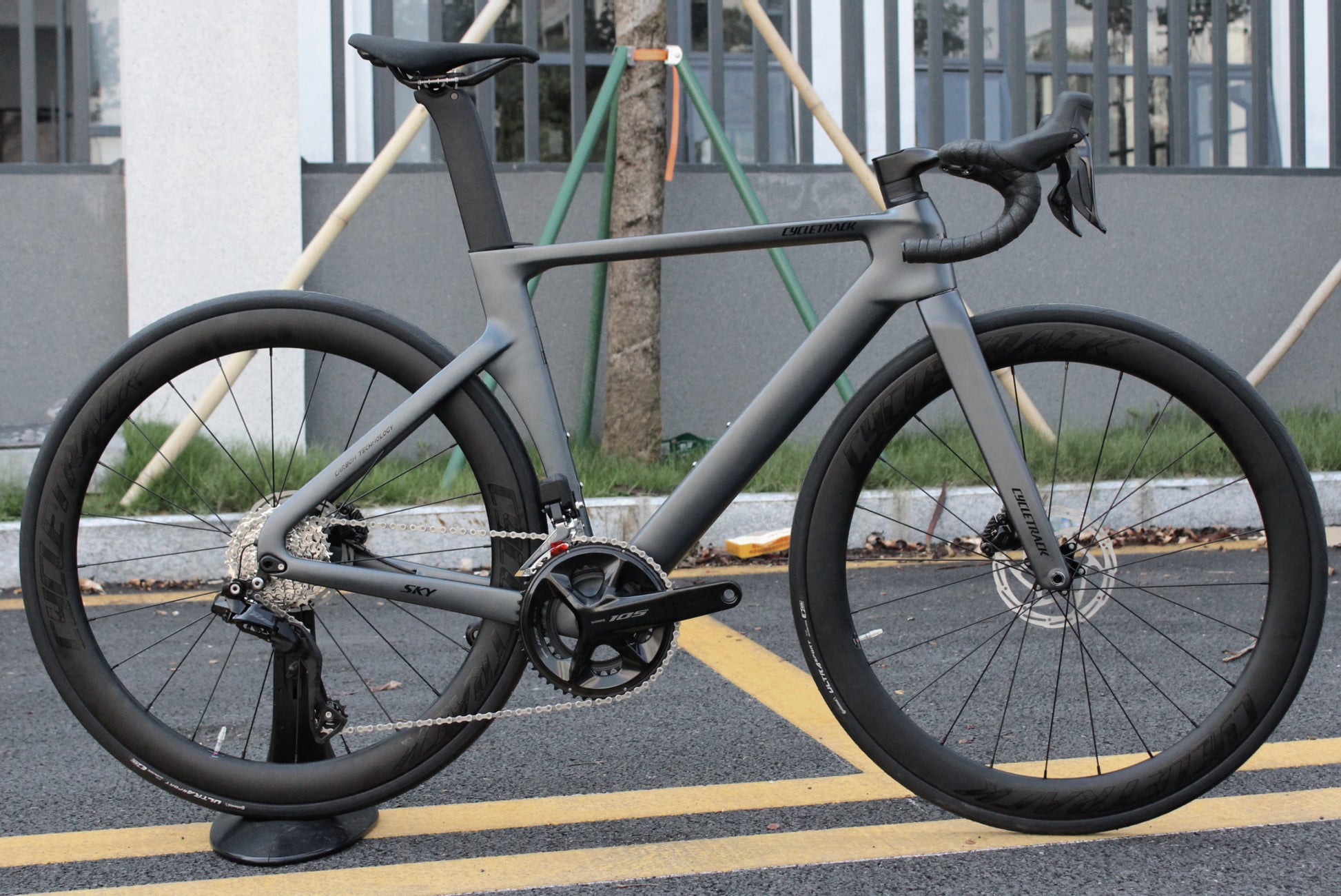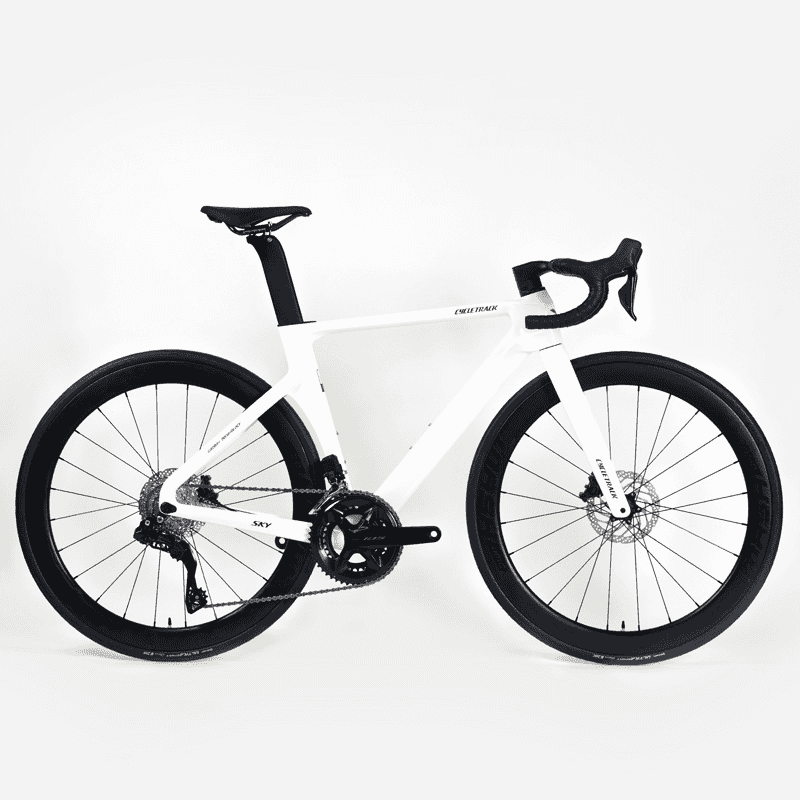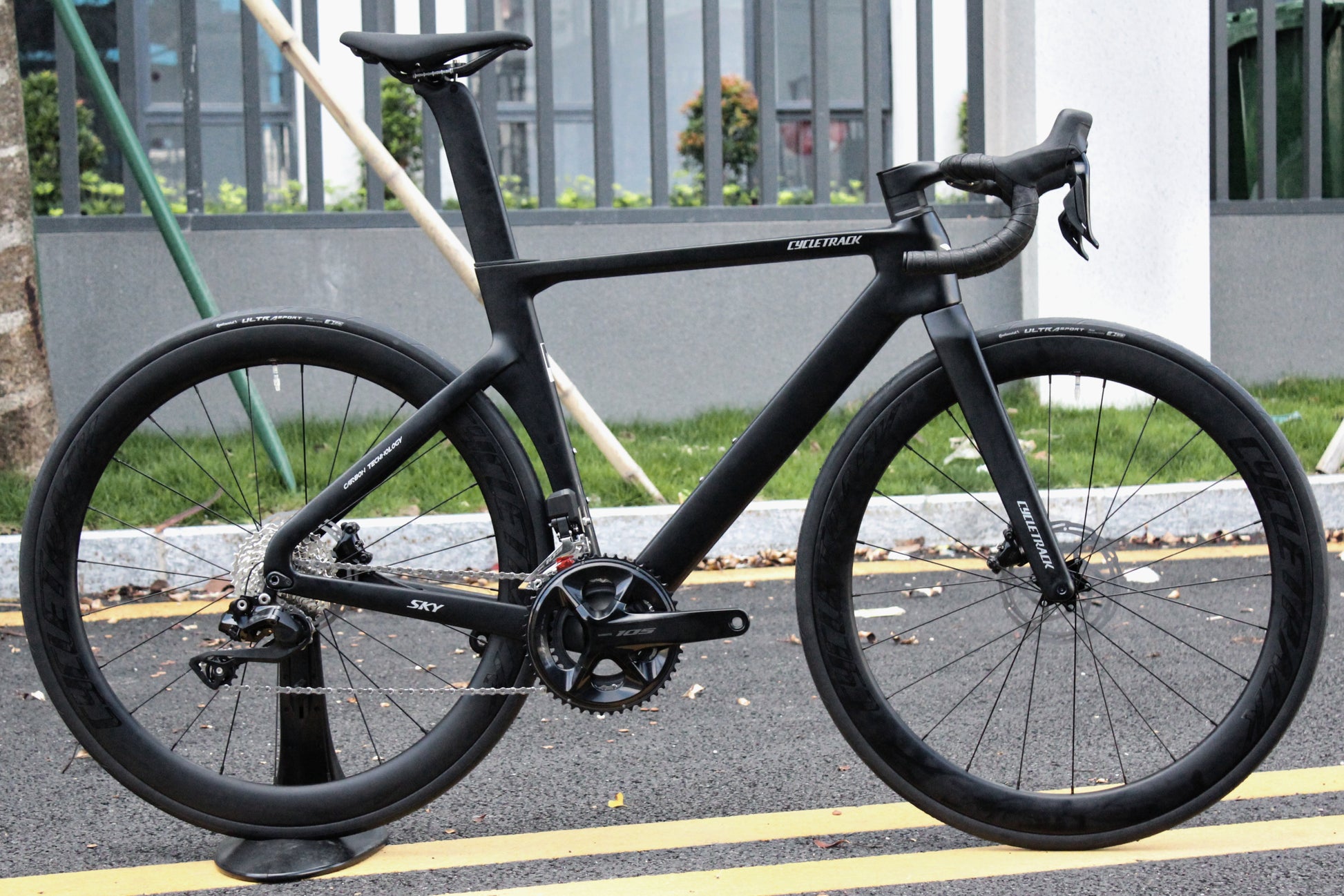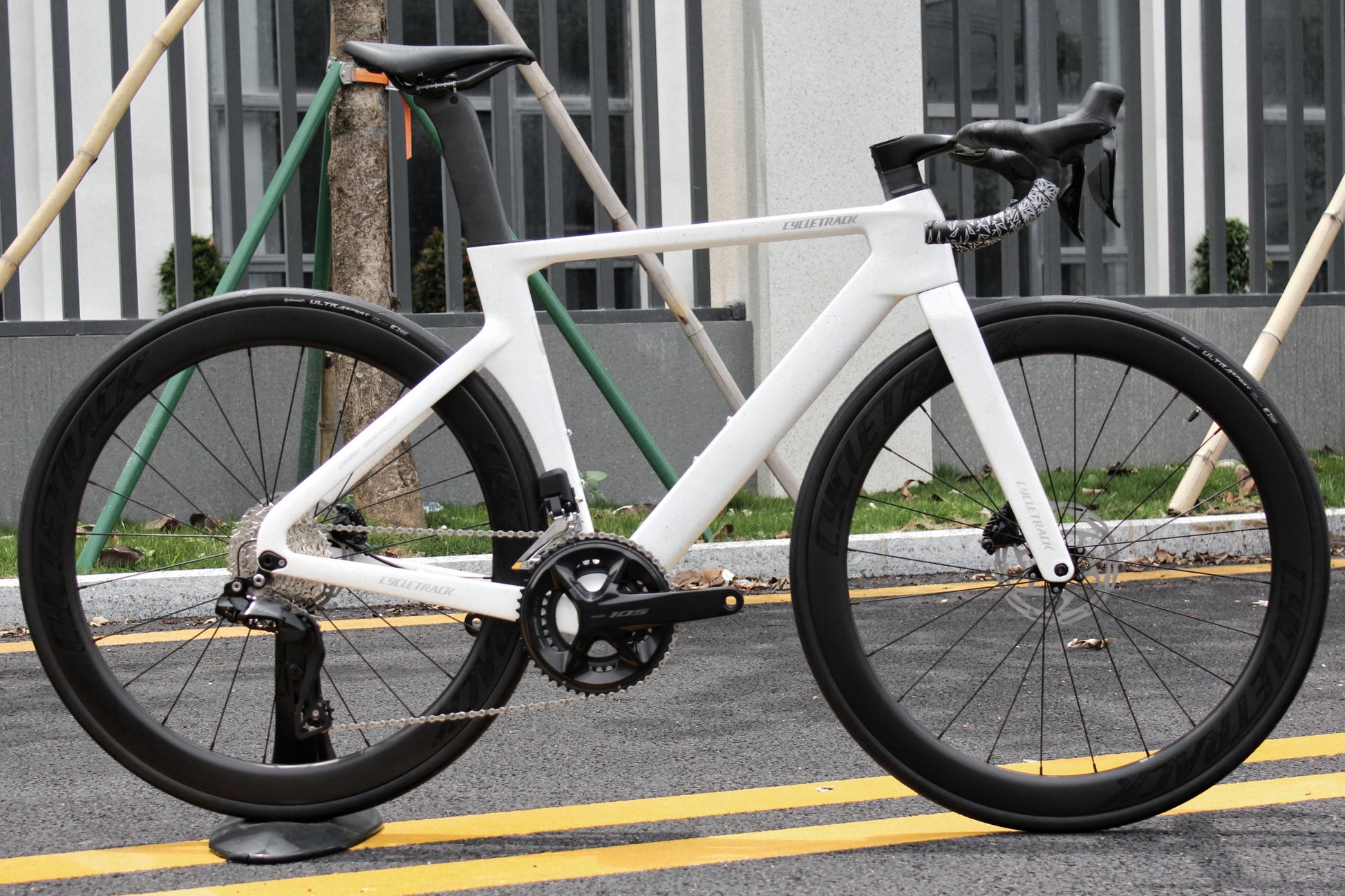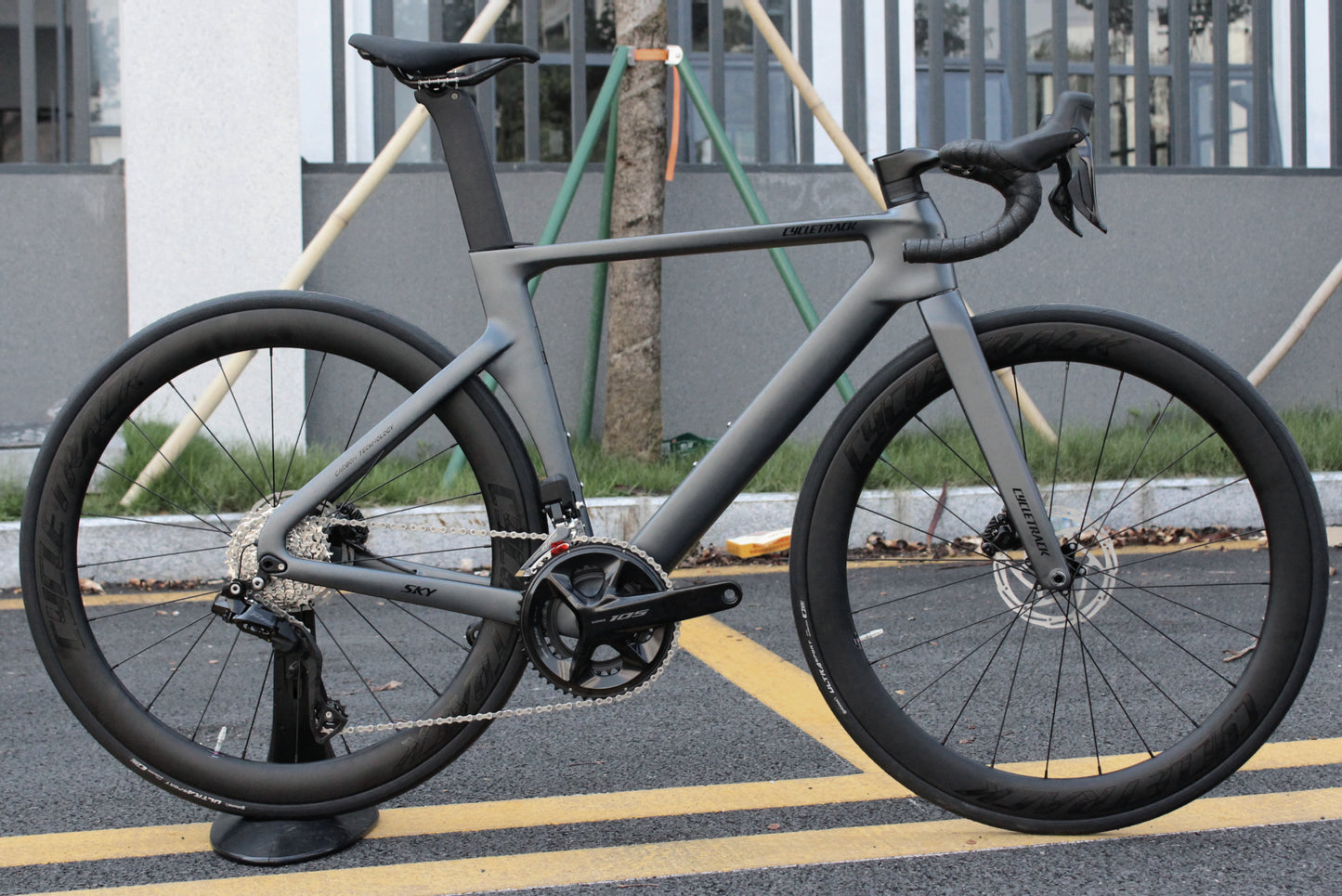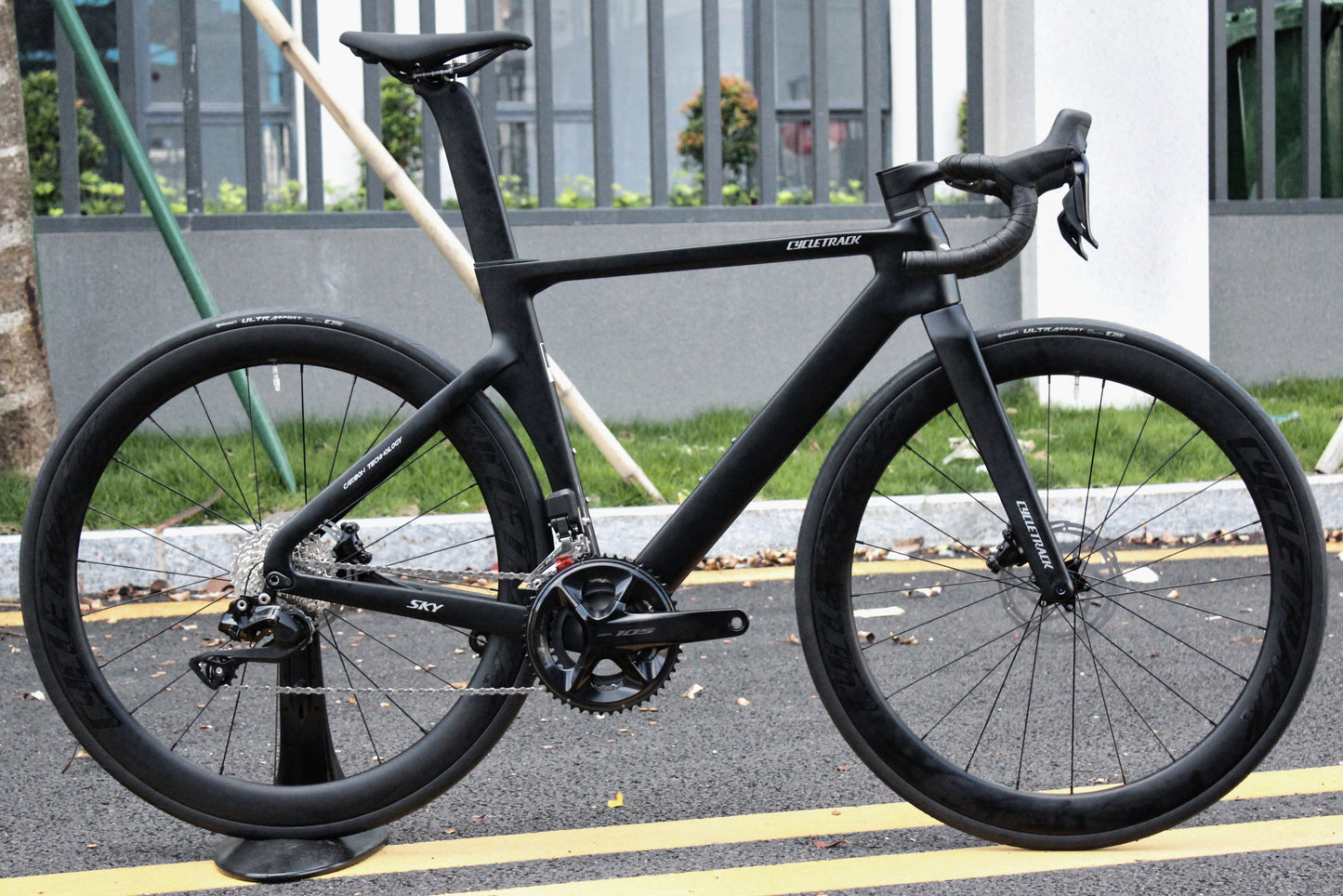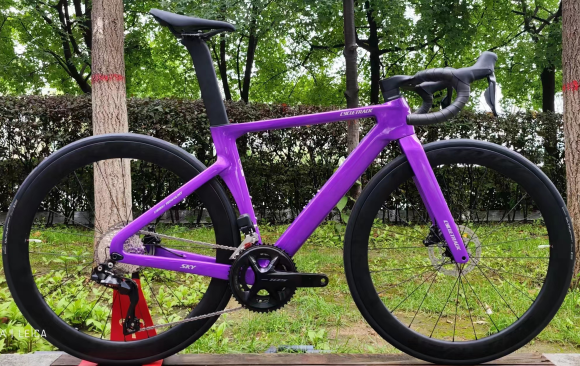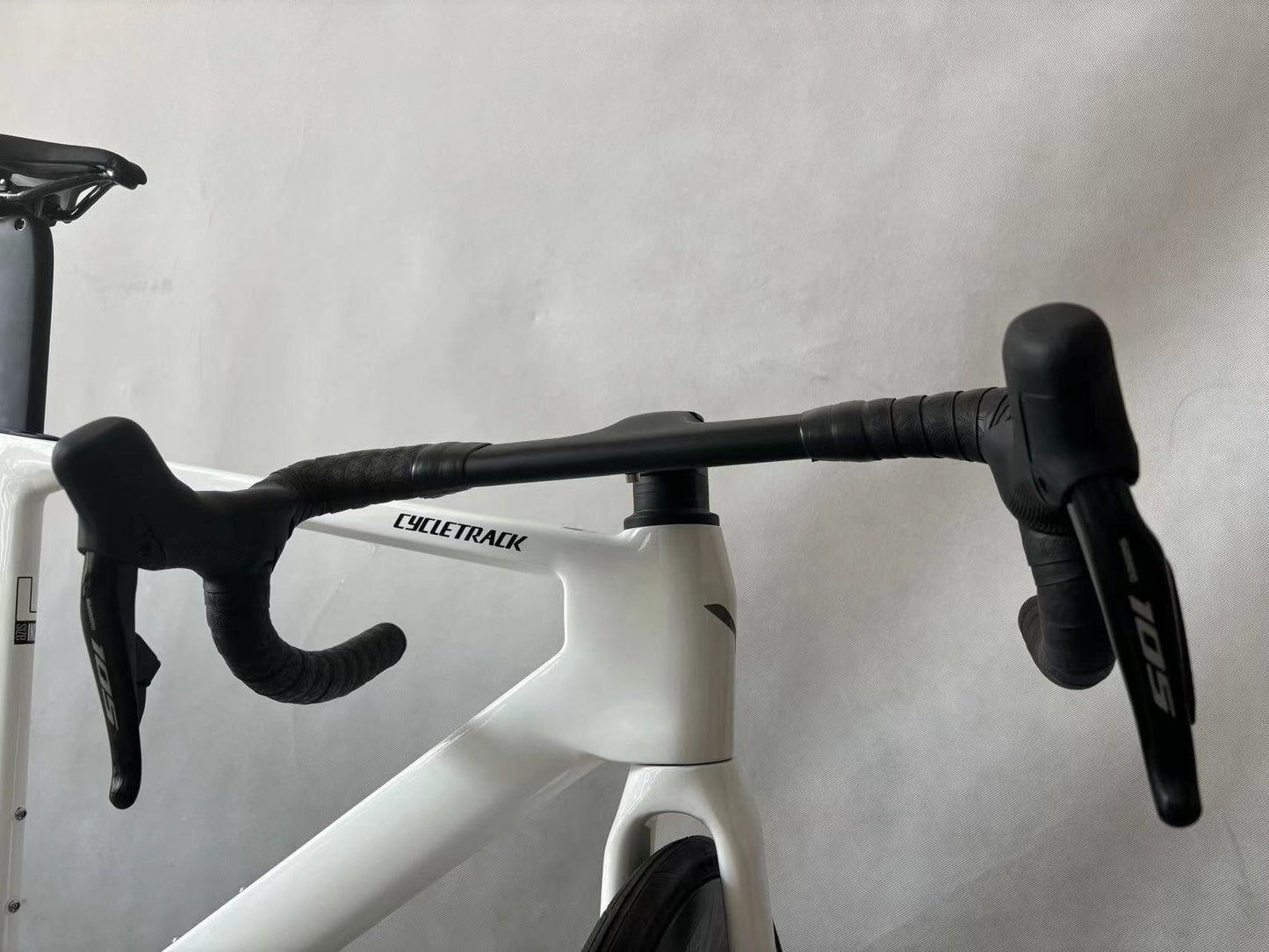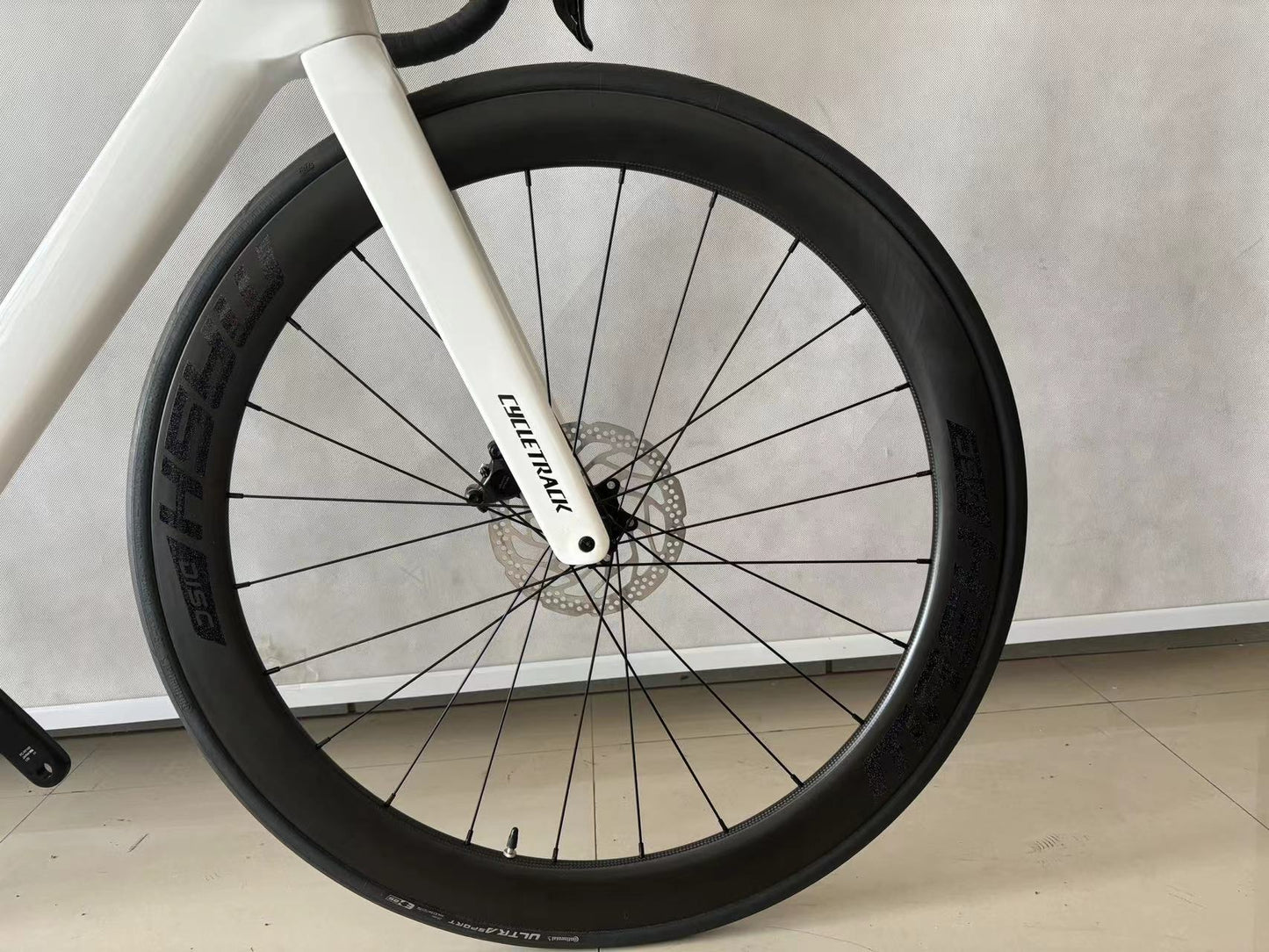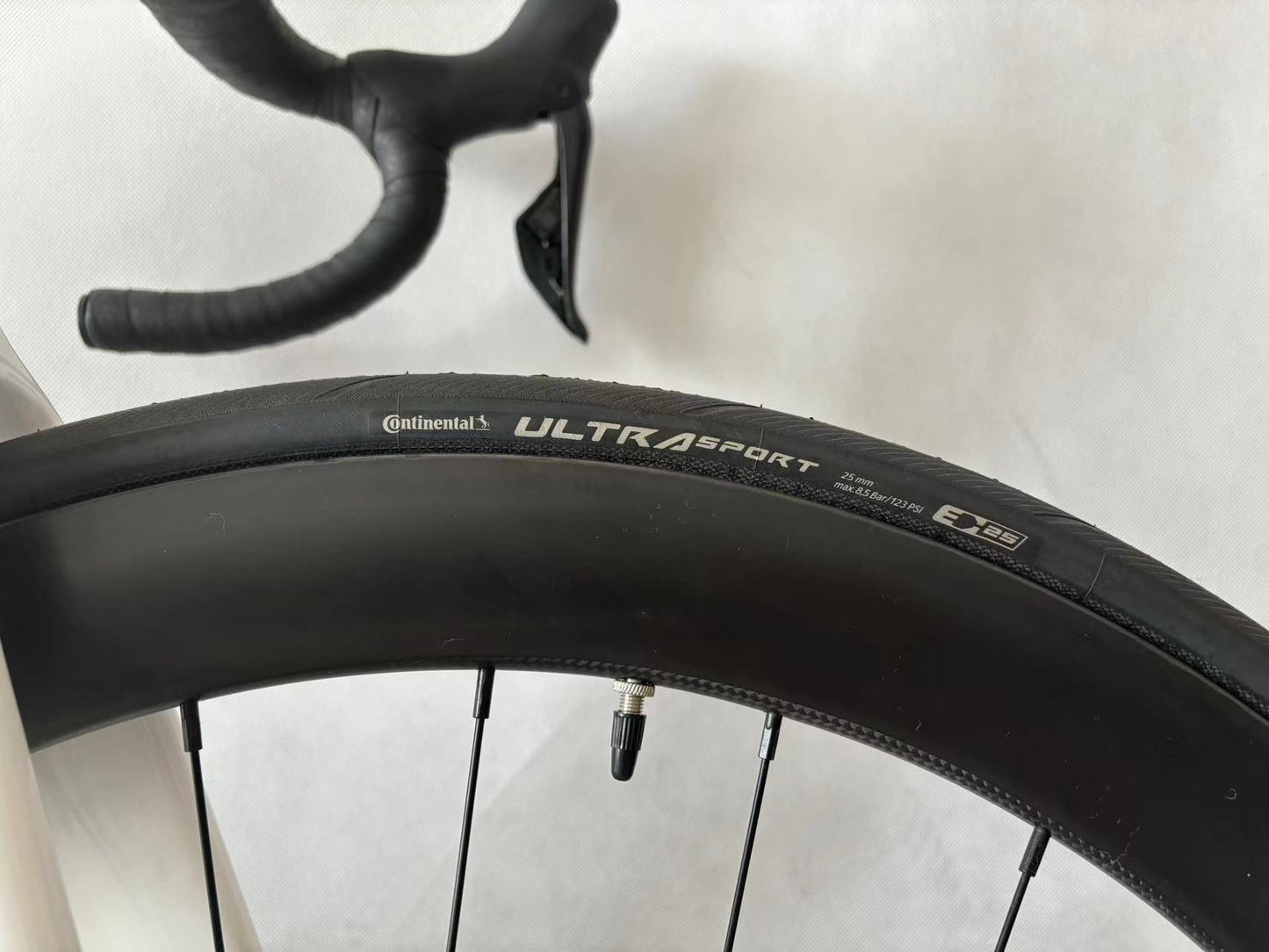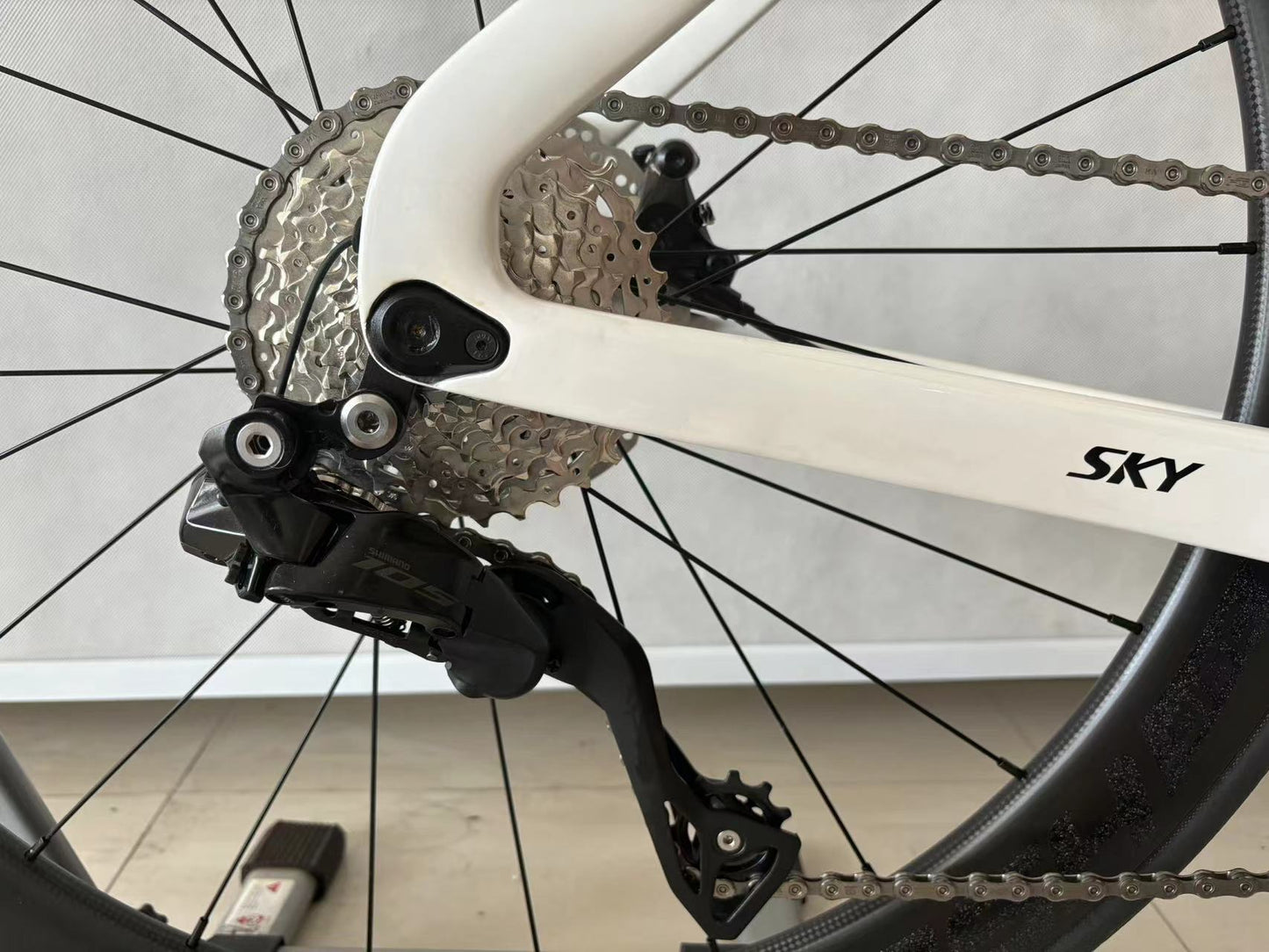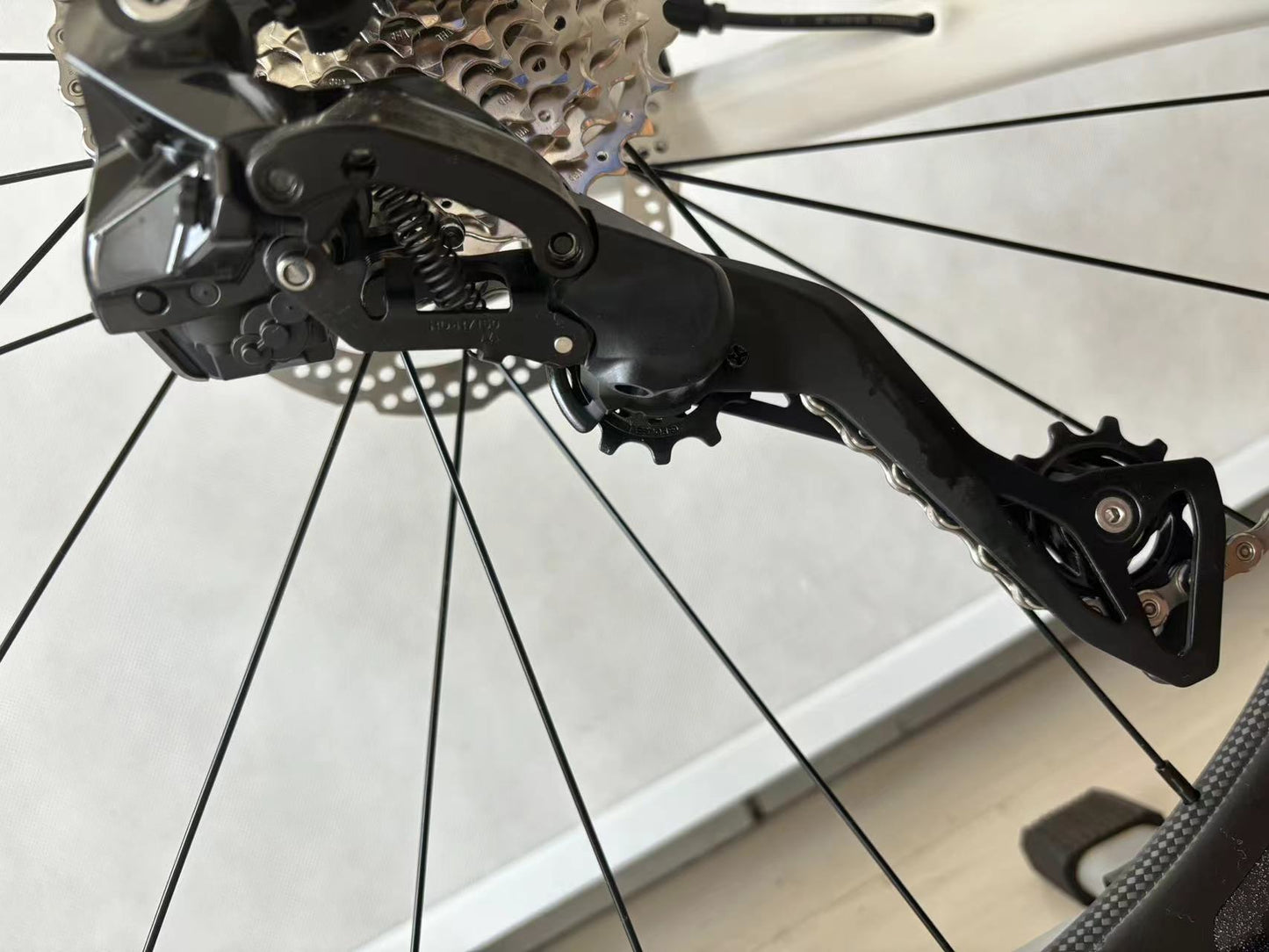Whether you want to ride faster, farther, enhance your strength or explosive power, the topic of heart rate is always involved. Today, this article will tell you all the knowledge about cycling heart rate.
Heart rate is the number of times the heart beats per minute. From the moment you start exercising, the heart will work harder to supply blood and oxygen to the working muscles. And the more intense the exercise, the higher the heart rate. Paying attention to your heart rate can help you better understand the effectiveness of your cycling and show you how much progress you have made in training.
1. How to Calculate the Maximum Heart Rate?
For many years, athletes have used the maximum heart rate as a way to divide training zones.
Regarding the calculation of the maximum heart rate, the conventional algorithm is 220 minus your own age to get your maximum heart rate. However, this algorithm has been proven to have a deviation of ±11 in many cases. For example, for a 20-year-old person, in most cases, the maximum heart rate will fall between 189 and 211. A slightly more scientific way to estimate the maximum heart rate is 206.9 - (0.67 * age). However, everyone's actual situation is different, and the maximum heart rate is also different. This calculation method also has a deviation of ±6.
But for our daily cycling, the above two formulas are sufficient.
Regarding the calculation of the maximum heart rate, the conventional algorithm is 220 minus your own age to get your maximum heart rate. However, this algorithm has been proven to have a deviation of ±11 in many cases. For example, for a 20-year-old person, in most cases, the maximum heart rate will fall between 189 and 211. A slightly more scientific way to estimate the maximum heart rate is 206.9 - (0.67 * age). However, everyone's actual situation is different, and the maximum heart rate is also different. This calculation method also has a deviation of ±6.
But for our daily cycling, the above two formulas are sufficient.
2. How Many Heart Rate Zones Are There?
There are five. After obtaining your own maximum heart rate, you can calculate your various training intensity zones: the recovery zone, the fat-burning zone, the cardiopulmonary improvement zone, the anaerobic zone, etc., a total of five zones as shown in Picture P4.
3. How to Train Through Heart Rate Zones?
Zone 1: 50% - 60% of the maximum heart rate
This is the recovery exercise zone, suitable for restorative exercise after a long period of inactivity.
Zone 2: 60% - 70% of the maximum heart rate
This is the effective fat-loss zone, suitable for long-distance, low-intensity cycling. In this heart rate zone, the body's fat can be effectively consumed.
Zone 3: 70% - 80% of the maximum heart rate
This is the aerobic exercise zone, suitable for medium-distance, slightly higher-intensity cycling, which can increase aerobic endurance. Cyclists and track and field athletes conduct their daily training in this zone.
Zone 4: 80% - 90% of the maximum heart rate
This is the anaerobic exercise zone. In this zone, anaerobic exercise occurs, a large amount of lactic acid will accumulate in the body, and the body will consume a large amount of carbohydrates. In a competition, our heart rate often works in this zone.
Zone 5: 90% - 100% of the maximum heart rate
This is the extreme exercise zone, suitable for high-intensity interval training to improve the maximum output power and speed.
This is the recovery exercise zone, suitable for restorative exercise after a long period of inactivity.
Zone 2: 60% - 70% of the maximum heart rate
This is the effective fat-loss zone, suitable for long-distance, low-intensity cycling. In this heart rate zone, the body's fat can be effectively consumed.
Zone 3: 70% - 80% of the maximum heart rate
This is the aerobic exercise zone, suitable for medium-distance, slightly higher-intensity cycling, which can increase aerobic endurance. Cyclists and track and field athletes conduct their daily training in this zone.
Zone 4: 80% - 90% of the maximum heart rate
This is the anaerobic exercise zone. In this zone, anaerobic exercise occurs, a large amount of lactic acid will accumulate in the body, and the body will consume a large amount of carbohydrates. In a competition, our heart rate often works in this zone.
Zone 5: 90% - 100% of the maximum heart rate
This is the extreme exercise zone, suitable for high-intensity interval training to improve the maximum output power and speed.
4. What Should You Do If Your Heart Rate Rises Sharply When Increasing the Intensity?
What should you do if your heart rate remains high as soon as you increase the intensity during cycling? You can improve the situation through the following methods:
Insist on long-term slow riding, find your own rhythm, and avoid being influenced by others. When riding slowly, pay attention to the following:
Insist on long-term slow riding, find your own rhythm, and avoid being influenced by others. When riding slowly, pay attention to the following:
- Insist on cycling 3 to 4 times a week.
- Each time should not be less than 40 minutes.
- The cycling heart rate should not exceed the upper limit of your heart rate in Zone 2.
- Maintain a medium-low cadence of 70 - 90 rpm.
- Maintain a breathing rhythm, and try to inhale through the nose and exhale through the mouth.
If you stick to the above methods for 2 months, you can see obvious results, and there will be a significant improvement after 3 months.

